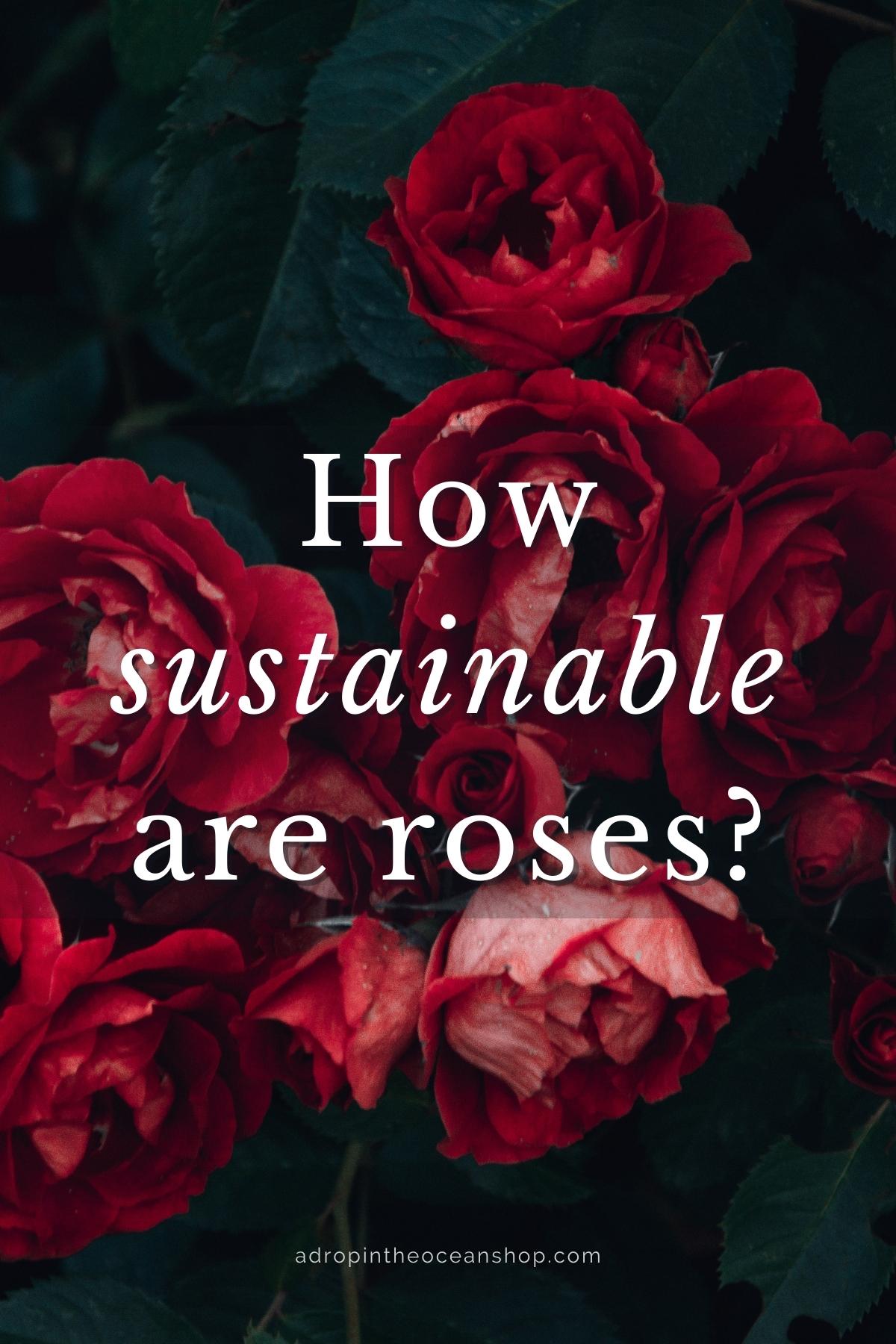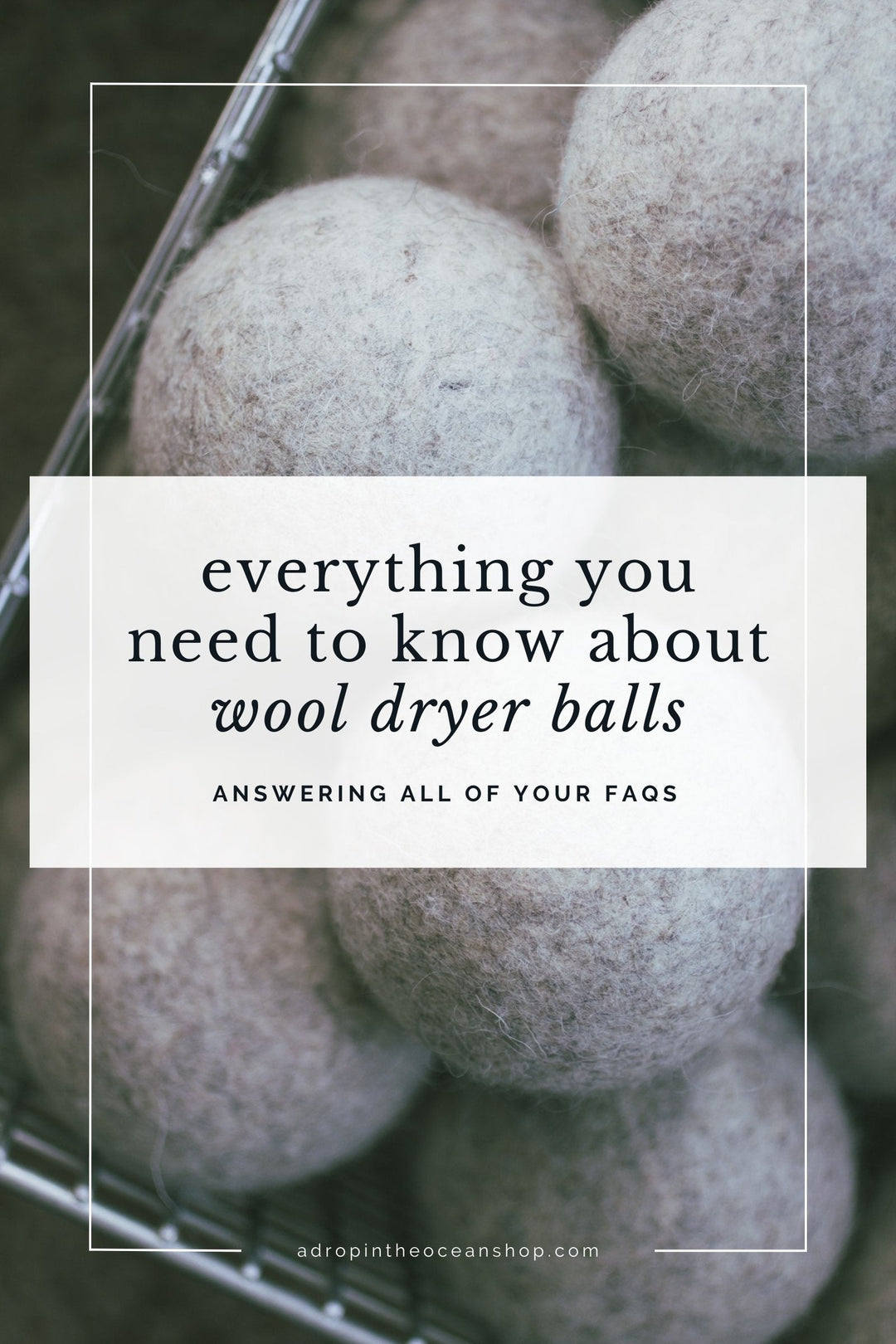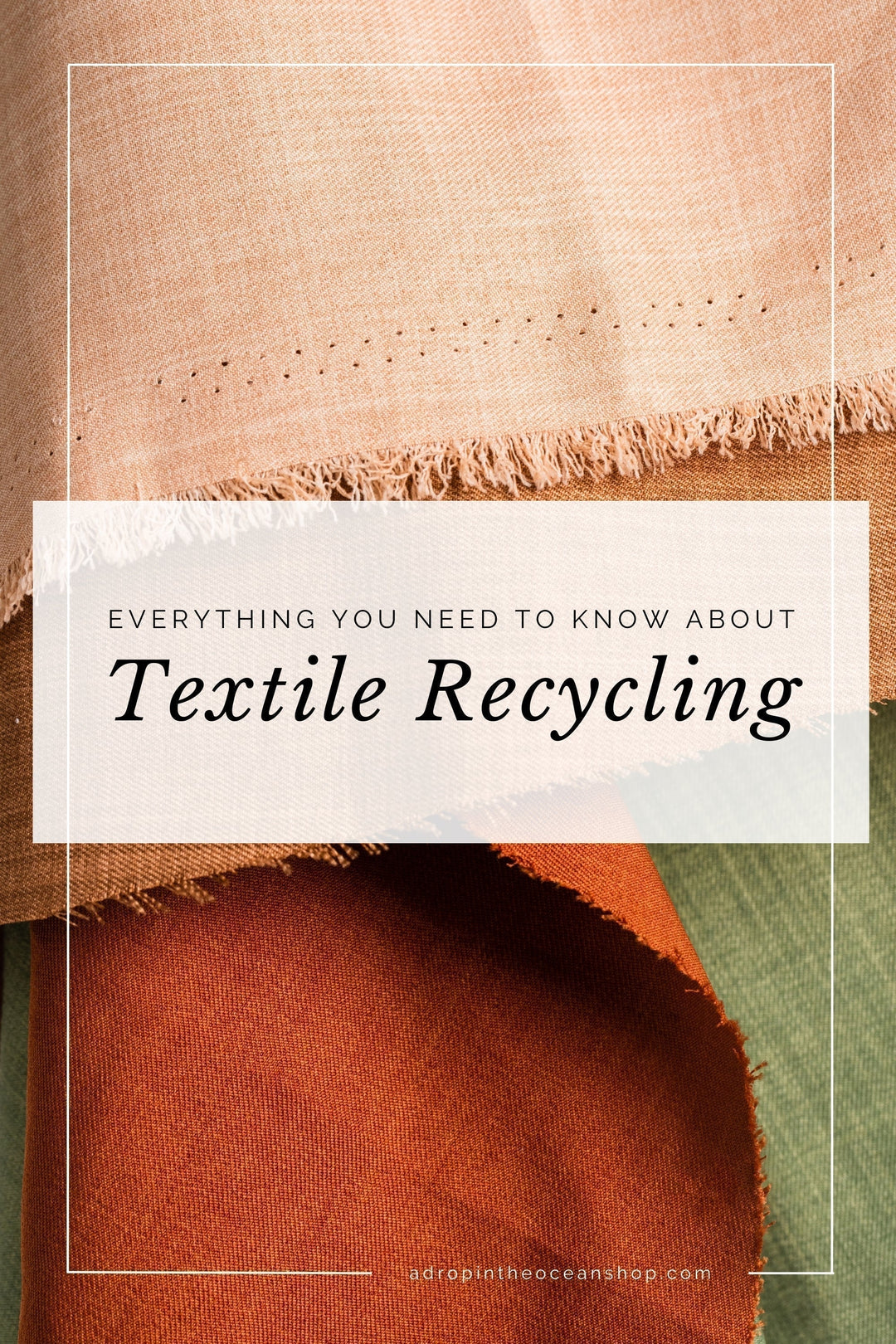How sustainable are roses?

This post first appeared in our weekly Make Waves Mondays email series on February 7, 2022.
What is UP, my friend?! It’s February. The sun is shining. I’m knocking out my to-do list one checkmark at a time. It’s a whole vibe. How’s your week going??
Ya know something crazy?
Next Monday is Valentine’s Day. HOW in the WORLD are we already this far into 2022?? January was a total blur for me.
But, since we’re here, we can’t really fight it, now can we? So today, let’s talk roses. Specifically, the sustainability impacts of roses and just how eco-friendly [or not] they really are.
The Significance of the Rose
For centuries, the rose has been the symbol for love and beauty, and not just when given to another person, but in and of the plant itself too.
Once upon a time, ladies were expected to study the meanings of different flowers and how they expressed different emotions.
“There is no colour, no flower, no weed, no fruit, herb, pebble, or feather that has not a verse belonging to it: and you may quarrel, reproach, or send letters of passion, friendship, or civility, or even of news, without ever inking your fingers.” - Lady Mary Wortley Montagu, 1763
Fast forward to today, and now 250 million roses are grown annually - just for Valentine’s Day. Let’s not forget the other flower-centric holidays adding to this number every year. All-in-all, Americans spend nearly $2 billion just on flowers for Valentine’s Day.
A Flower’s Journey
Did you know that in America, nearly all of our roses are grown and flown in from Latin America, most often Colombia? It’s also important to remember that this is not only because of warmer climates, but also because of cheaper labor, which has a whole slew of ethical problems on its own.
Now, typically, flowers are shipped on passenger planes. The planes are already going from Point A to Point B, so the environmental impact is actually pretty low.
BUT, in the month leading up to Valentine’s Day, hundreds of cargo planes fly from Latin America to Florida stuffed full of flowers just for one holiday.
Then, once the flowers are in the States, they’re loaded onto refrigerated trucks to keep the blooms alive, which use 25% more fuel than non-refrigerated trucks. During the flower-giving season, 200 refrigerated trucks are needed every day in Miami to keep up with shipping. Every day.
All in all, Valentine’s Day rose transportation - just to get to the florist, so not even including getting them to your home - adds up to about 9,000 metric tons of carbon dioxide emissions. That’s the equivalent of about 1,957 passenger cars’ typical driving for a full year.
From 2009 to 2015, flower imports between the first of the year and Valentine’s Day increased by a whole 600%.
Meanwhile, American rose production fell 95%.
And even the flowers that are grown in the United States are often grown in greenhouses, which increase energy use.

It’s About People, Too
I’ve already mentioned that one of the reasons flowers are imported from Latin America is because of cheaper labor, but there’s also a slew of health issues at play, too.
Flower growers are often exposed to toxins from fertilizers and insecticides, which don’t only impact the growers themselves, but even their families living nearby or through contaminated clothing, tools, and more brought home after work.
One study in 2017 found that children living close to flower greenhouses in Ecuador had altered short-term brain activity.
Another study from 1990 found that growers in Columbia were exposed to 127 different types of pesticides, which were linked with increased rates of miscarriages, premature births, and stillbirths.
In recent years, pesticide use in flower production has decreased for human health, environmental health, and cost reduction, but we’re not out of the woods yet.
Flowers Gone to Waste
After all of this, when it’s all said and done, 80% of flowers grown don’t even sell and are thrown away.
What.
A.
Waste.
Wasted time. Wasted energy. Wasted resources.
One 2018 study found that 8 million metric tons of flowers are dumped into India’s rivers each year, polluting the rivers with high levels of fertilizer and pesticides, resulting in higher populations of mosquitoes, reduced soil fertility, air pollution, acid rain, contamination of drinking water, and more.
Making Change is Possible
The good news is, solutions and alternatives exist.
The website Slow Flowers has a handy dandy search tool to help you find locally-sourced flowers in your area. The directory was created by Debra Prinzing after getting the question, “Where can I find local flowers?” time and time again in response to her books on sustainable flowers.
All you gotta do is type in your location and viola! Up pops local floral resources.
Or, gift a houseplant instead! Support a local plant shop in your area, or give a cutting from one of your own plants.
Don’t have plants for trimming at home? Ask your local Buy Nothing group for a cutting! I’ve gotten so many plant babies this way!
Not only will your houseplant likely have less of a footprint than a bouquet of roses, it’ll also last way longer.
Another option that I would personally love is a eucalyptus subscription. If you’re in Tacoma, Jade & Co. has eucalyptus subscriptions so you can always keep a fresh bundle of eucalyptus hanging in your shower for a spa-like start to your day, every day.
What are your thoughts on flowers? I do love a fresh vase of flowers around the house 💐 Let’s just make it sustainable, shall we?
Related:
Closed-Loop Landscaping: Have Your Yard and Eat It Too with Foodscaping









Leave a comment